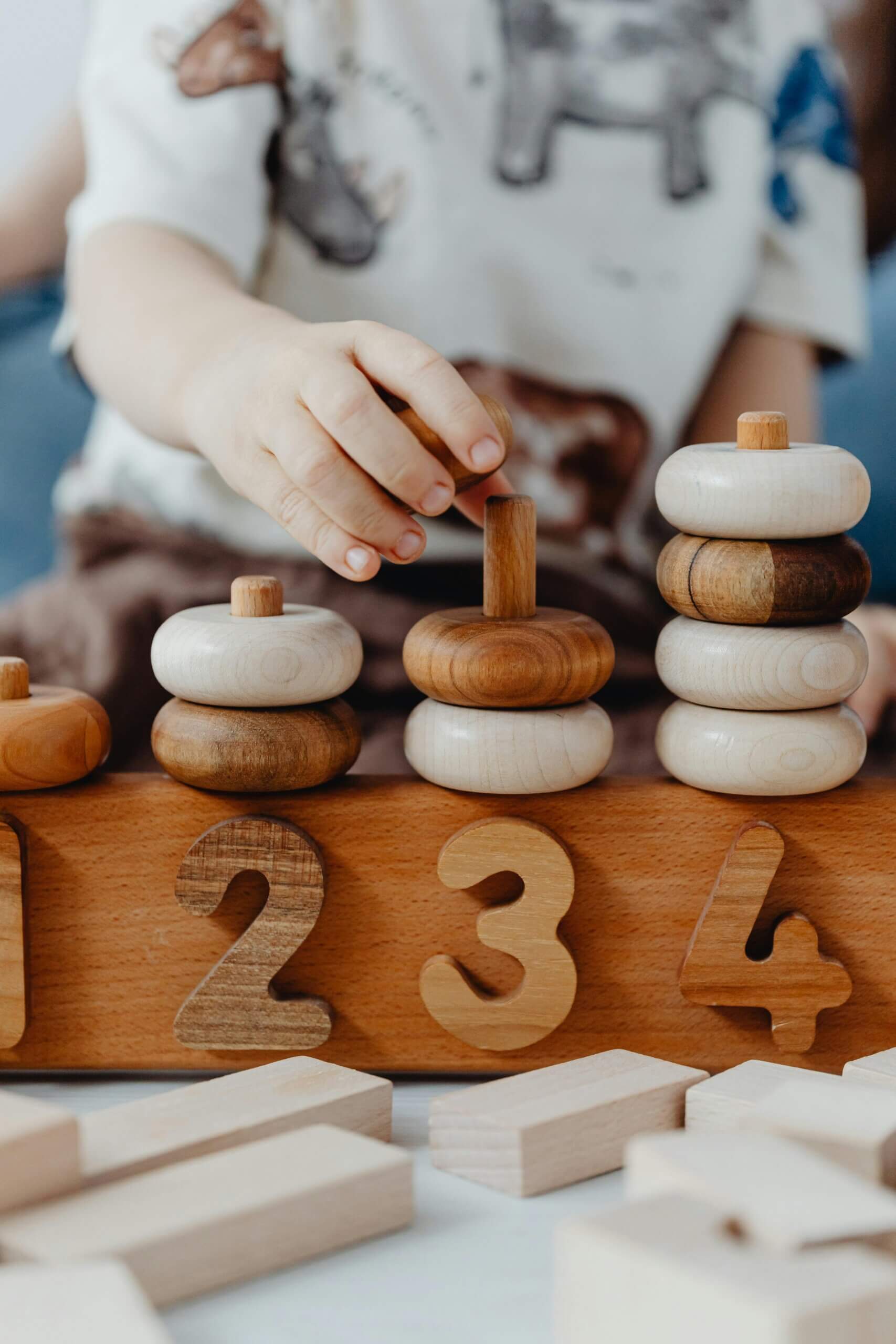Before I dive in, I want to say this up front: every family is different. If a home full of toys works beautifully for you and your kids, that’s wonderful. There’s no judgment here. But for us — and for many moms I’ve connected with — more toys didn’t bring more peace, creativity, or contentment. In fact, it did the opposite.
Despite having three children under the age of five, we’ve chosen a more minimalistic approach to toys. I know that might seem like an unpopular opinion, especially when it feels like every commercial, store display, and birthday party screams, “More is better!” But I’ve found that fewer toys has actually meant more meaningful play, more peace in our home, and less overwhelm — for me and my kids.
Why We Chose Less
At one point, our home felt like a toy store had exploded — blocks, Legos, baby doll accessories covered every surface. I felt overstimulated, and my kids? They were overwhelmed too. The heap of toys was so chaotic that they often didn’t know what to play with. Many days, it felt like I was cleaning up toys every hour, and any “new” toy excitement lasted maybe 24 hours, if I was lucky.
One day, I had enough. I grabbed some bags and quietly removed about 75% of the toys. I tucked them away in the closet, wondering if my kids would even notice. Spoiler alert: they didn’t. Three months passed, and the only toy that was ever mentioned came up over six months later. And when I explained it had been donated, my oldest shrugged and created her own version of it instead. That moment sealed it for me — we were never going back.
Our Method: Toy Minimalism with Littles
Here’s what works for us. It might not be perfect for every family, but if you’re feeling overwhelmed, this might be the encouragement you need to make a shift.
1. Do an Initial Purge
Quietly go through the toys and remove anything that:
- Doesn’t get played with
- Is broken or missing pieces
- Is overly flashy or single-function
- Drives you absolutely crazy
I recommend doing this when your children aren’t watching. You’ll be surprised how much falls into those categories.
2. Create Simple Categories
After the purge, I sorted the rest. Here’s how we organize things now:
- Books: All children’s books live on one big shelf.
- Coloring & Activity Books: These go in a drawer under the TV.
- Craft Supplies: Everything (crayons, glue, stamps, paint, stickers, pipe cleaners) lives in one large bin with organizing containers inside to keep it tidy.
- School Books: Kept on a high shelf, out of reach unless it’s school time.
3. Keep the Big, Well-Loved Items
We have a few large toys that stick around because they’re used daily and in creative ways:
- A wooden dollhouse
- A train table (we glued the tracks down to avoid endless mess)
- A Nugget couch, stored in the closet but easily pulled out when inspiration strikes
On top of the Nugget is a cloth bag of dress-up costumes — probably our most-loved item. My son also has six dinosaurs on his dresser that are used in all kinds of imaginary games.
Everything else fits into two large plastic totes. That’s it. And the magic? Even my 2.5-year-old understands “clean-up time toys back in the bins” and can manage it without getting overwhelmed.
4. Maintain and Rotate
Every four months, I do another sweep. Anything broken, unused, or outgrown goes. This also helps make space for new toys that come in from birthdays or holidays — without overflowing our space. It’s simple, peaceful, and sustainable.
A Note on Toy Type
We’ve never really done battery-operated or one-function toys. The toys that flash, beep, or entertain kids without requiring imagination just don’t work for us. Our focus has always been on open-ended play. If your child is struggling with attention span or imaginative play, taking a break from flashy toys might help.
What About Outdoor Toys?
Those are a separate category. We have:
- Scooters and bikes
- A sensory/tuff table with sand toys
These stay outside and get used regularly, especially as we aim to hit our 1000 Hours Outside goal.
Final Thoughts
I truly believe toys are marketed to parents as “must-haves” far more than they’re actually necessary. My kids play longer and more creatively with cardboard boxes and my Tupperware than they ever did with light-up gadgets.
Fewer toys means:
- More creativity
- Less clutter
- Easier clean-up
- Kids who know and care about the toys they do have
Sometimes, a little boredom and a small collection of thoughtfully chosen toys are the perfect recipe for deep play and development. So, if you’re feeling overstimulated and drowning in toy clutter, you’re not alone. You don’t need to feel guilty for choosing less. Do what’s best for your family, and don’t buy into the lie that more is always better.

Leave a Reply